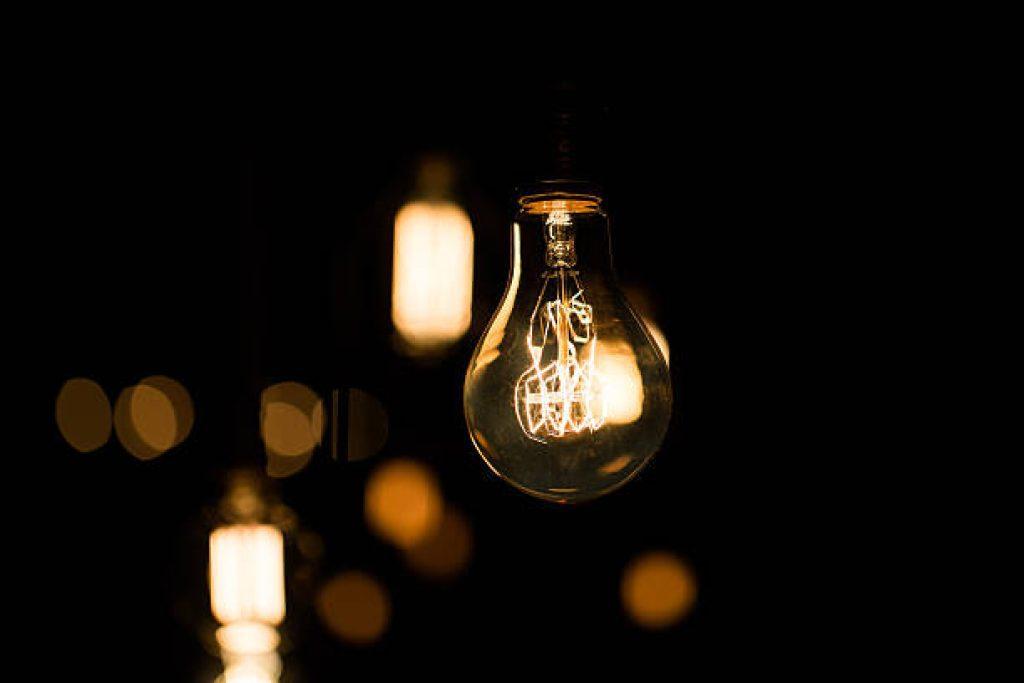Coal Shortage: Reality and Tips to Save Electricity
Undergoing the Coal Shortage, Do you know How much Coal reserve is remaining in the World?
We had a lot of fun on coal. No? So by now, you must have known what the whole attack is on. So, We will not talk about the India Ratings report that by 10th October, due to a shortage of coal, 16 power plants in the country have been shut down.
It is no longer necessary to mention that out of the total 137 power plants in the coal-fired country, 72 have 3 days, 50 plants have 4 days and 30 have only 1 day’s coal. On normal days, they have 17 days of coal in the reserve.
But it is very important to know that the lights in your house are not going to go off. See, 37% of the world’s electricity is made from coal and 55% in India. That is, if coal is exhausted from the world, 3 to 4 out of 10 houses will be switched off and in India 5 out of 10 houses will be switched off.
Let us understand this whole story in 3 questions:-
Question 1: What is the present situation, how much coal is being produced in the world, and how much electricity is it generating?
Answer:- On average 65% of the world’s coal is spent on generating electricity. 16,000 million tonnes of coal are produced every year in the world. It was 16,731 million tonnes in 2019 and 15,767 million tonnes in 2020. Out of this, 60 to 65% of the coal was used by the world only to generate electricity.
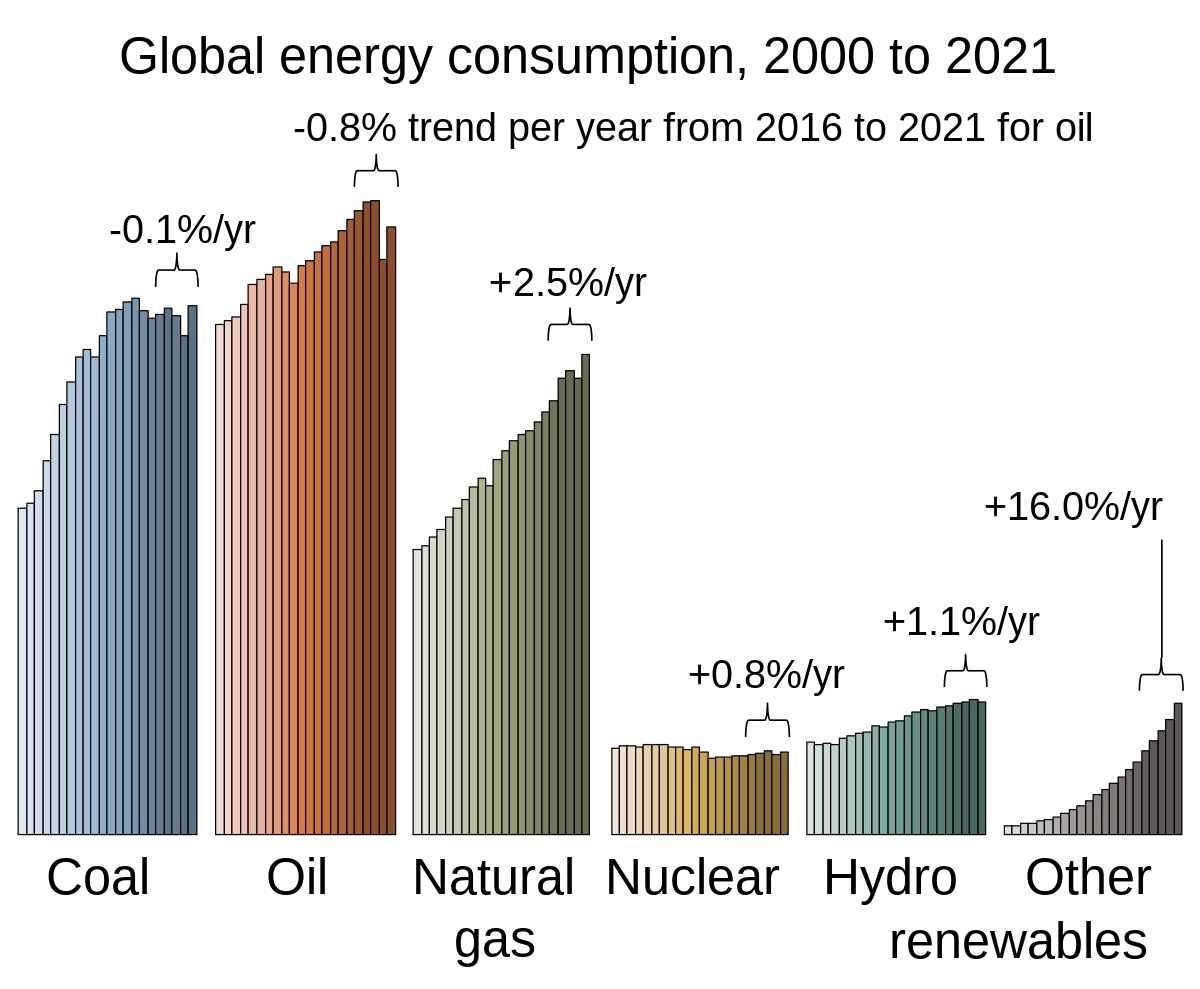
In India, 72% of coal is spent on power generation
We are the second among the highest coal-producing countries in the world. On average, we produce 760 million tonnes of coal in a year, Out of this, 70 to 75% is spent on power generation. In 2020, 72% of coal was spent on power generation.

Question 2: How many years of coal is left in the world and in India?
Answer:- The world has coal left for 134 years
Coal was last measured in 2016 around the world. At that time, a total of 1,144 billion tonnes of coal was left in coal mines around the world. In technical terms, it is called a coal reserve. About 8.5 billion tonnes of coal is consumed in the world every year. At this pace, coal will be depleted in the next 134 to 135 years.
India has 107 years of coal left, According to the Ministry of Coal, Government of India, we currently have 319 billion tonnes of coal, but agencies in Europe and the US consider only 107 billion tonnes.
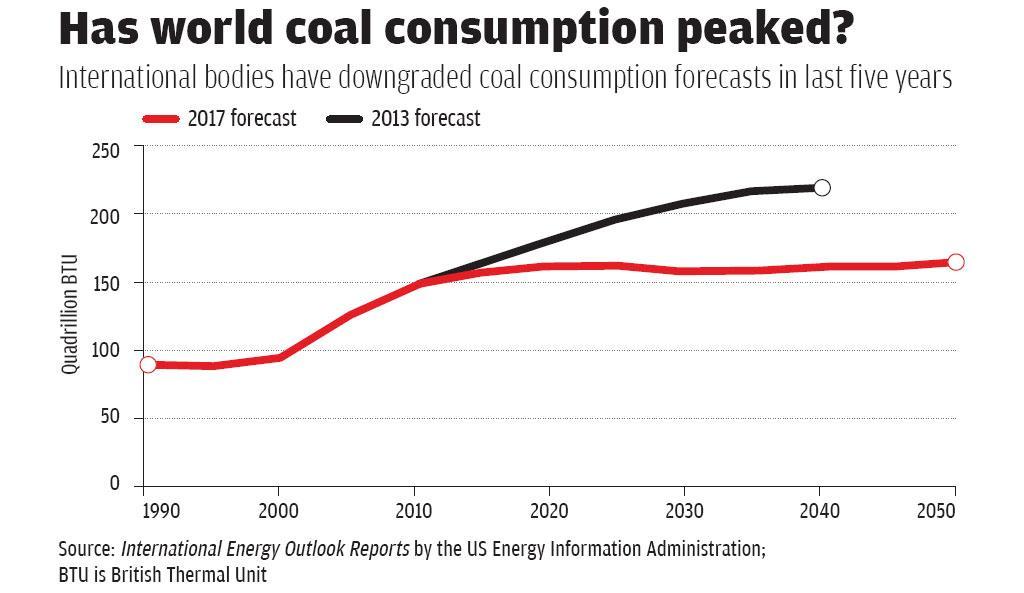
India ranks second with the highest consumption of coal. According to yearbook.enerdata.net, on average, India consumes 1 billion tonnes of coal. According to the figures of the Government of India, we have 319 years of coal or according to international agencies, 107 years of coal is left.
Question 3: What can be the options to make electricity if coal is exhausted?
Answer:- See, a total of 37% of the world’s electricity is produced from coal. The remaining 67% in other ways. The US generates 73% of electricity from renewable resources through the air, and solar energy. Therefore, the elimination of coal will not cause much trouble to countries like the US. The US target is to bring coal power to 20% by 2040.
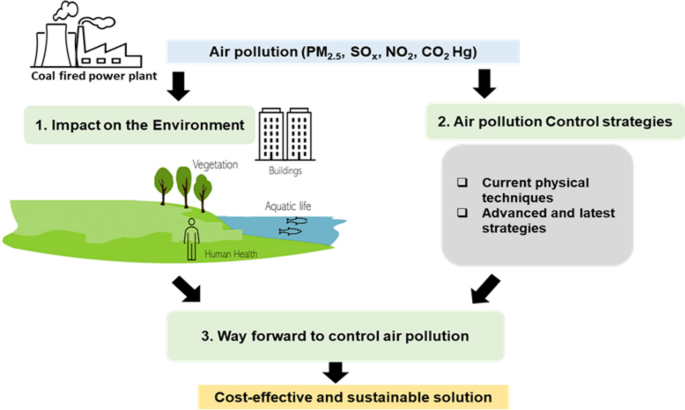
But the picture in India is complete upside down
We get only 25% of the electricity generated through renewable resources in making electricity. 12% through Hydro Power Plant. The highest coal generates about 55% of the power. India has set a target of 1,75,000 MW for renewable energy for 2022. The total power generation is 45% of 3,84,115 MW. But we are far from this figure at the moment. According to the 2020 report, only 25% of renewable resources are now being electrified.

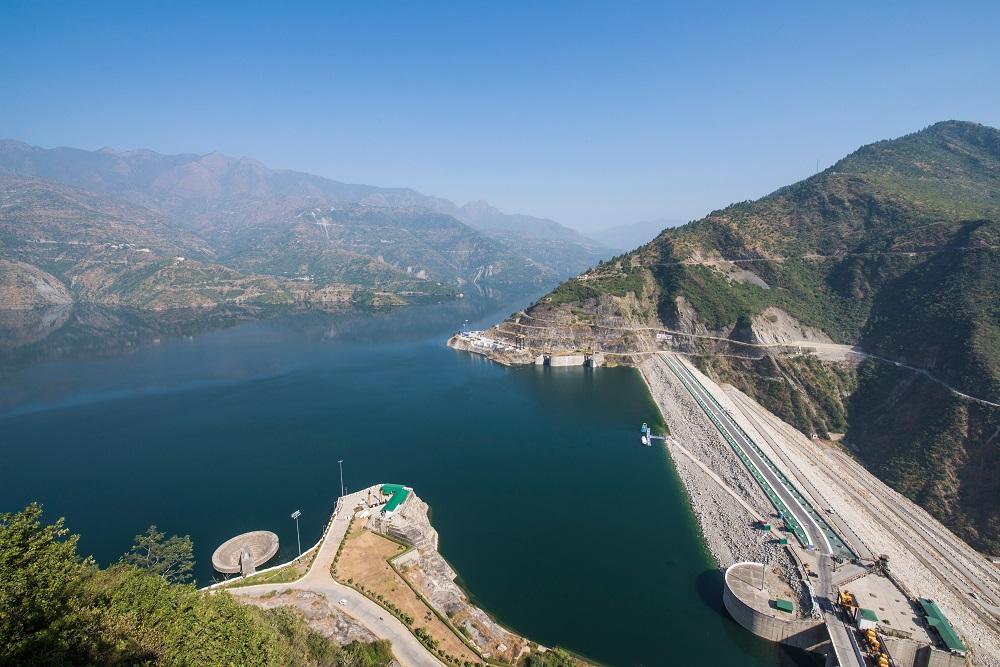
Without Coal We Will Return to the 18th Century. For the first time in India, the East India Company mined coal at Raniganj in West Bengal in 1774. Earlier, our lives were going on without coal. So if coal runs out and we can’t work on its options, we’ll be back in 18th-century life.
How We Can Overcome
There are many different ways to reduce your household’s energy use, ranging from simple behavioral adjustments to extensive home improvements. The two major motives for conserving energy are to save on utility bills and protect the environment. Here are some ways in which you can save energy & electricity in your house
Adjust your day-to-day behaviors
To reduce energy consumption in your home, you do not necessarily need to go out and purchase energy-efficient products. Energy conservation can be as simple as turning off lights or appliances when you do not need them.
Replace your light bulbs
Traditional incandescent light bulbs consume an excessive amount of electricity and must be replaced more often than their energy-efficient alternatives. Halogen incandescent bulbs, compact fluorescent lights (CFLs), and light-emitting diode bulbs (LEDs) use anywhere from 25-80% less electricity and last three to 25 times longer than traditional bulbs.
Purchase energy-efficient appliances
On average, appliances are responsible for roughly 13% of your total household energy use. When purchasing an appliance, you should pay attention to two numbers: the initial purchase price and the annual operating cost. Although energy-efficient appliances usually have higher purchase prices, their operating costs are 9-25% lower than conventional models.When purchasing an energy-efficient appliance, you should look for appliances with the ENERGY STAR label
Upgrade your HVAC system
An HVAC system is composed of heating, ventilation, and air conditioning equipment. Heating alone is responsible for more than 40% of home energy use.
Upgrades to the component of an HVAC system – ventilation – can improve your energy efficiency. A ventilation system is composed of a network of ducts, which distributes hot and cold air throughout your home. If these ducts are not properly sealed or insulated, the resulting energy waste can add thousands of rupees to your annual heating and cooling expenses. Proper insulation and maintenance on your ventilation system can reduce your heating and cooling expenses by up to 20%.
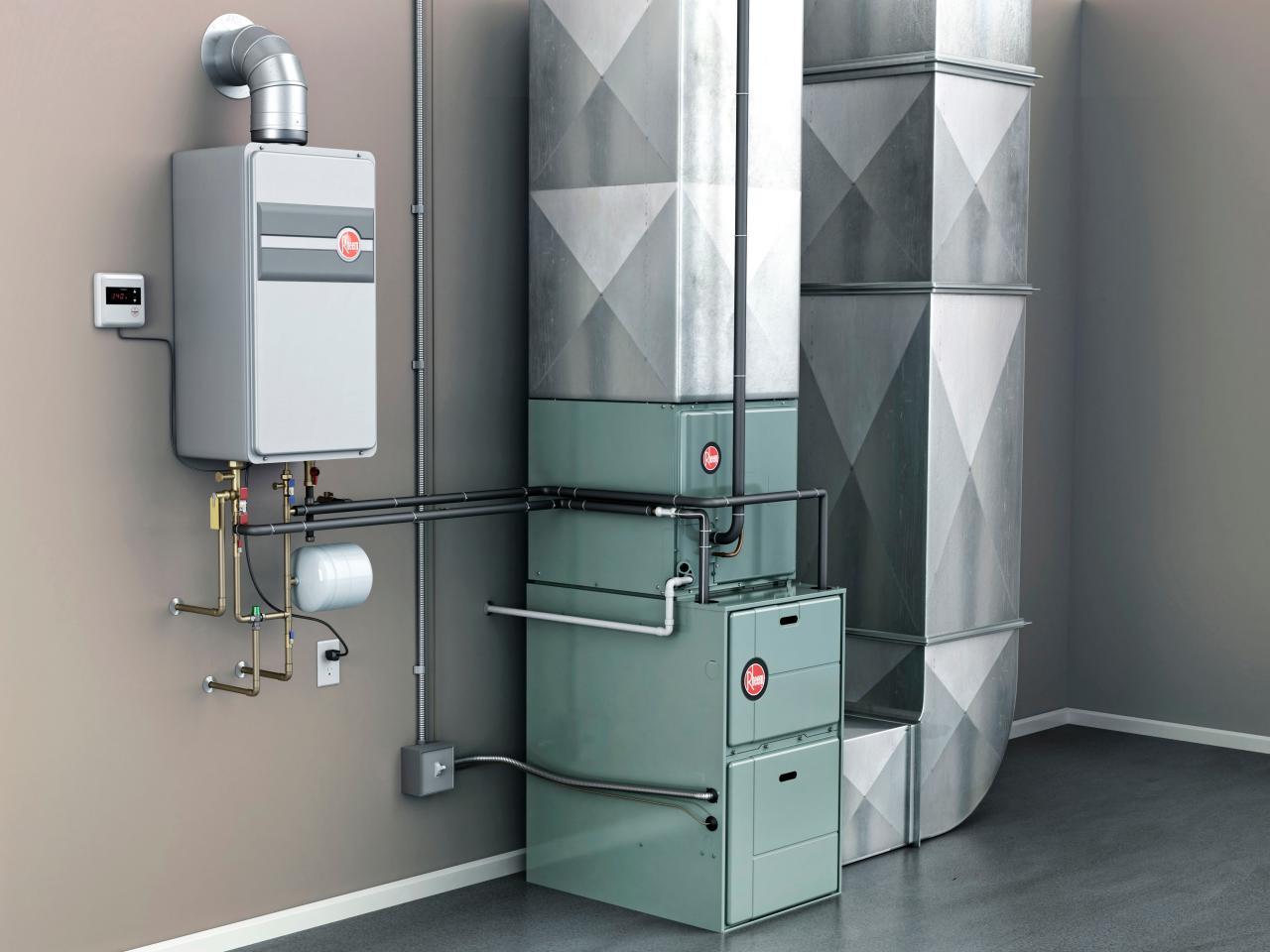
Insulation plays a key role in lowering your utility bills by retaining heat during the winter and keeping heat out of your home during the summer. The level of insulation you should install depends on the area of your house. Your attic, walls, floors, basement, and crawlspace are the five main areas where you should consider adding insulation.

Conclusion – Energy conservation is important and beneficial as you can save money, and save the environment. Take needful measures today only so that our future can also enjoy something which we are exploiting.
Follow these measures to reduce your Electricity Bill:

When we make our own home, It is very important to think about the energy consumption for that. When we make the home we already decide on all the external fittings and appliances that you would like to install but we don’t think about the measures to reduce electricity bill. These might include things like fans, LED bulbs, curtains, cabinets, and other furniture, but have you spared a moment to become aware of the materials used in your walls?
In general, people just think about the type of paint that they would like to use externally so that it looks good, without giving a thought to the actual walling material used. We spend a major portion of our lives in our house. It is important for us to understand how using better construction materials can make a big difference in terms of living comfort and cost savings while contributing to the lowering of global climate change. Let’s talk about some measures to reduce the electricity bill
RCC, Concrete Bricks or Porotherm Bricks?
Traditionally in India, builders and construction companies use concrete bricks or RCC shear walls, because they are cheaper and easily available. Bringing down the cost of the project for them. The Bureau of Energy Efficiency is introducing new legislation to make the use of green energy materials in the construction industry mandatory. Newer measurements of sustainable building materials factor in measures like U Value and RETV. (Residential Envelope Thermal Value)

RETV – What Is It and How Does It Matter?
The ‘U value’ measures the thermal conductivity or transmission of any material. The lower the value, the better the thermal comfort. RETV is an extension of the U Value, used to measure the thermal performance of the building envelope (external-facing wall, doors, windows, and glass surfaces), or it can be seen as an indicator of thermal comfort. In short, if the RETV is lower, the house will be naturally cooler in summer and warmer in winter, without any use of external air conditioning. Globally, the RETV value of 15 or less is considered to be ideal for use in walling materials.
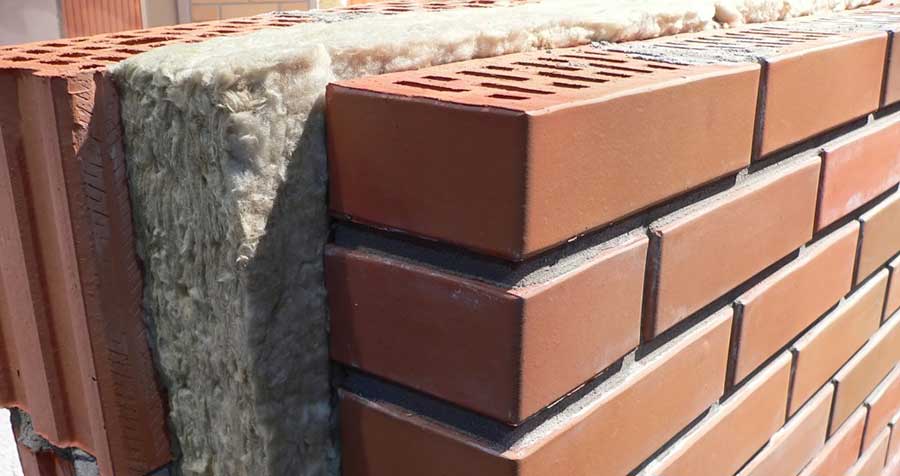
More Than 24K INR in Savings – Too Good to be True?
A recent report conducted by GKSPL (Greentech Knowledge Solutions Pvt. Ltd.), did a comparative study on the different available walling materials. The report is titled “Calculation of RETV for Residential Projects: A Comparative Study of Different Walling Materials for Various Climate Zones” and is available here. (Add a link to the report )
The findings of this report are an eye-opener for consumers, who had no idea of the cost savings
Involved in using RETV-compliant walling material. For a typical 100 m2 (appx. 1080 Sq. Ft) built-up area, the walling area is approximately 150 m2. It is assumed that 1725 bricks are required.
The study found the RETV value of the clay-based Porotherm bricks to be between 6.9 to 10.5 across different climate zones, while the corresponding values for concrete blocks and RCC walls were between 13.5 to 22.5. A huge difference!
By using RETV compliant bricks like Porotherm, the temperature in the house was lower, in the range of 3° C to 7° C between the Porotherm house and the Concrete blockhouse. Using a Coefficient of Performance of 3.0 for the air conditioner, for the same built-up area, RCC shear walls would consume 6,233 kWh units annually, while Porotherm Thermobricks would consume just 3,400 kWh units, which makes a difference of around 2,833 kWh annually. This leads to a direct annual cost saving of ₹ 26,913. (Electricity unit rate in Hyderabad is ₹ 9.50 / kWh)
Conclusion
It is imperative to talk to your builder, contractor, or architect to ensure that they use RETV-compliant walling material. It results in savings of more than 24K INR, along with a reduced need for external air conditioning. These materials also provide better circulation and superior air quality in the house. Do your bit to save our planet and your own hard-earned money. Go green!

